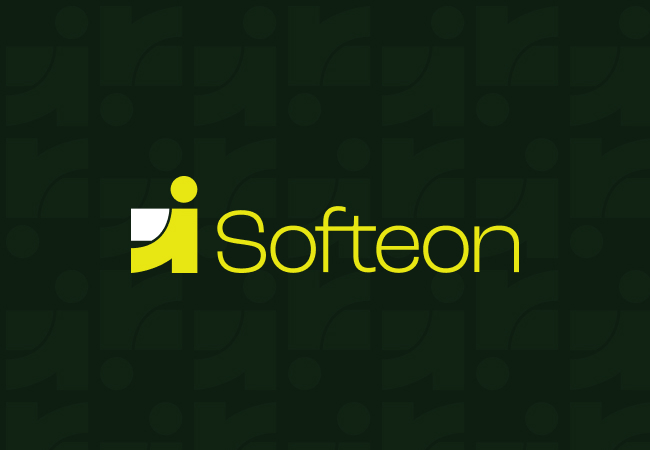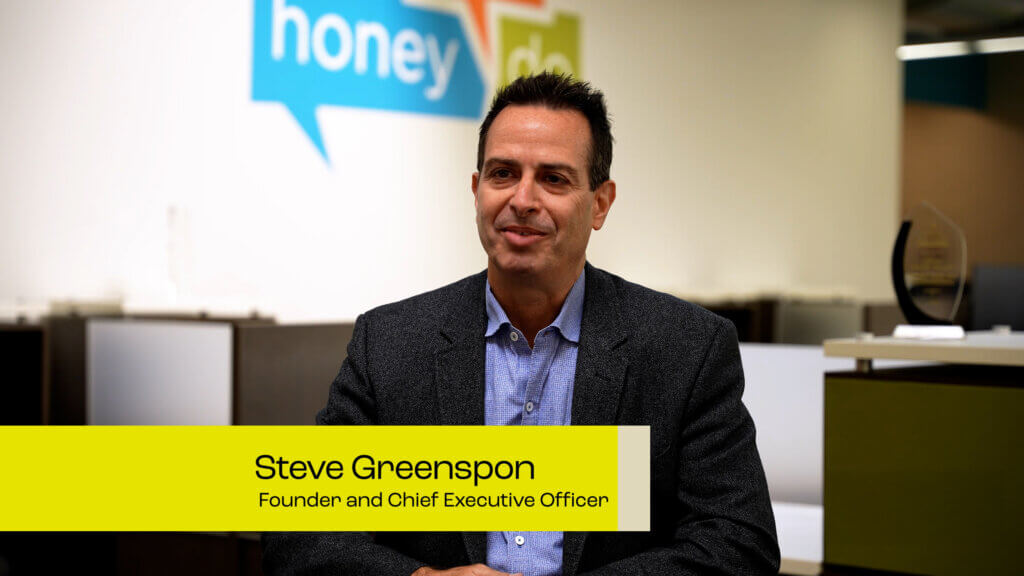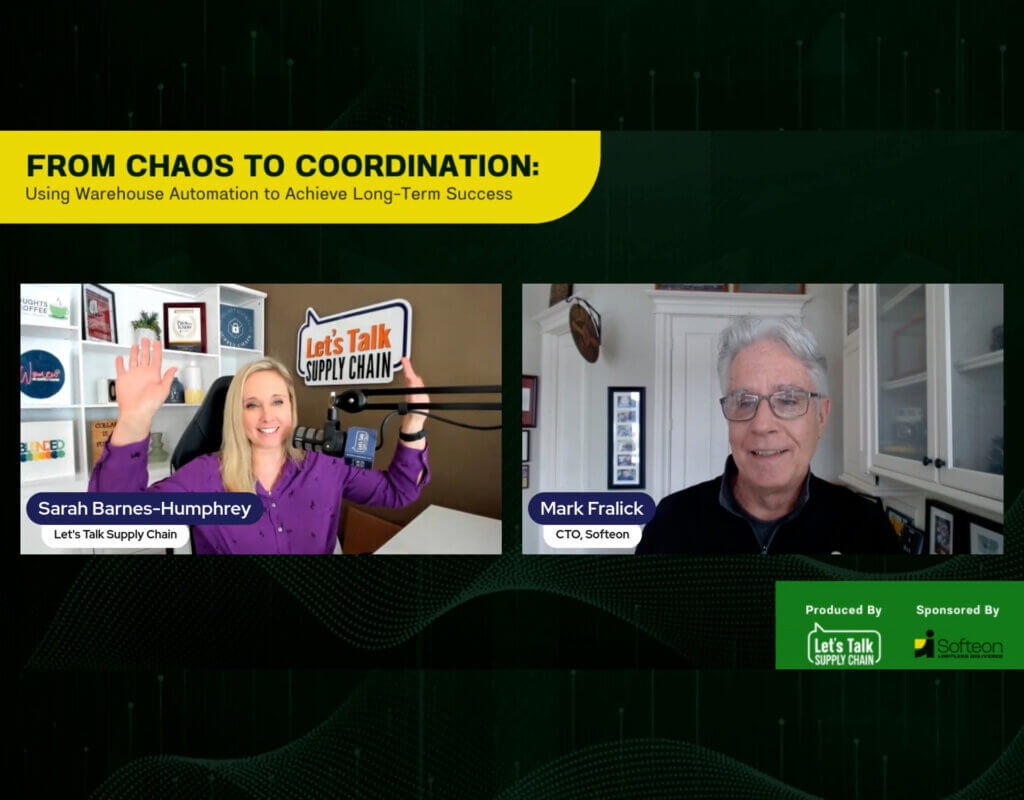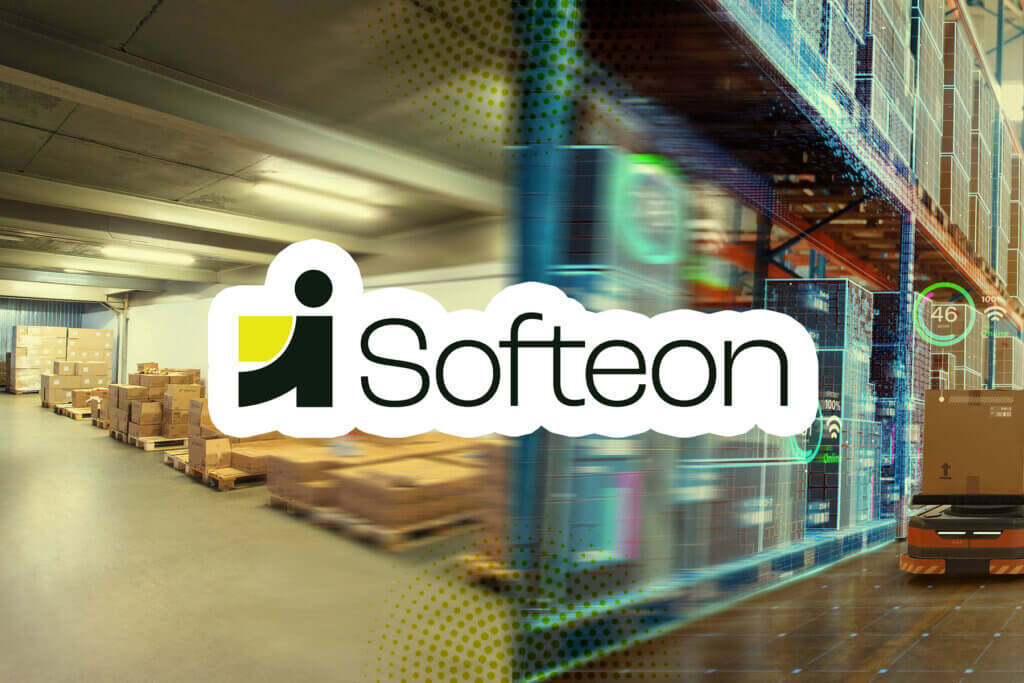05.17.22
By Kate Gardner
When a winery or brewery orders packaging supplies from G3 Enterprises, it can get everything—bottles, corks, caps, labels—in one place, as well as manufacturing, warehousing and transportation services.
While this has always been the case, orders with many different items were difficult for G3 to fulfill. Similar product types were grouped in business units with unique ordering processes, which made financial reporting a challenge.
G3 started its digital transformation in 2014, with a key element being the implementation of SAP’s enterprise resource planning system. The system can handle complex orders and accept them through a variety of methods, including direct integrations with strategic customers.
“The system offers more flexibility to customers and allows the company to grow in a way the old ERP couldn’t,” says David Brady, the senior director of IT, “It gives us the ability to produce a consolidated financial picture across the company in real time.”
G3 Enterprises, based in Modesto, California, manufactures packaging for beverage companies, as well as bottling services and logistics solutions. The company has multiple divisions, including manufacturing, supply chain logistics services, and a sand mine for making glass bottles.
“Replacing the ERP has been a cornerstone in our internal digital transformation,” Brady says, “Without strong internal technology, we can’t provide a strong external experience.”
Informed decisions
The new ERP replaces one that had been in place for 20 years, Brady says. In addition to improving financial reporting, it’s improved G3’s ability to capture and assess data, such as what, when and how often customers order, so patterns and behaviors can be better understood.
He says SAP was selected because it allows the company to capture and analyze transactional data as well as master data across an array of business processes, including demand planning, order to cash, procurement, accounting and more.
Brady refers to SAP as the “the sun of G3’s systems universe,” but says other enterprise-level systems are critical as well. He says that it is important to integrate them in a seamless manner because, “business processes flow across organizational and system boundaries.” G3 uses MuleSoft for enterprise application integration to develop reusable functionality, introduce new functionality and integrate key systems, including Softeon’s warehouse management system and Oracle’s transportation management system.
“These systems allow us to integrate and streamline processes for customers,” Brady says. “They allow information to flow more freely, which makes things much easier for everyone.”
A portal to profit
In March, the company plans to launch a new customer portal that will go live in the next year or so.
The portal will automate more processes for customers and allow them to more easily place and track orders. It will also let them make payments, request quotes and review their order histories. It will also provide access to underlying business processes spanning multiple systems with most of them being transparent to users, he says.
Brady says that G3 has spent years building the foundation to enable the portal. This has included developing application programming interfaces that allow customers to indirectly connect their external systems to G3 though Softeon, Oracle Transportation Management, SAP and the like.
G3 has also partnered with its strategic warehouse management system partner, Softeon, to rapidly design and deploy direct-to-consumer capabilities in support of G3’s largest customer.
“Our vision is to create a digital crossroads for customers,” Brady says, “It’s exciting that IT will be able to better serve them and further enhance their experience with G3.”
Full Article
Source: ToggleMag




